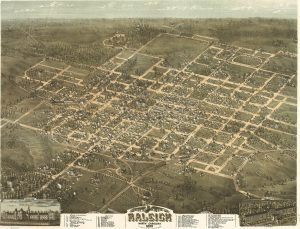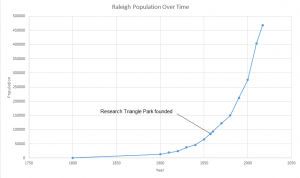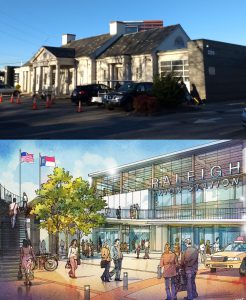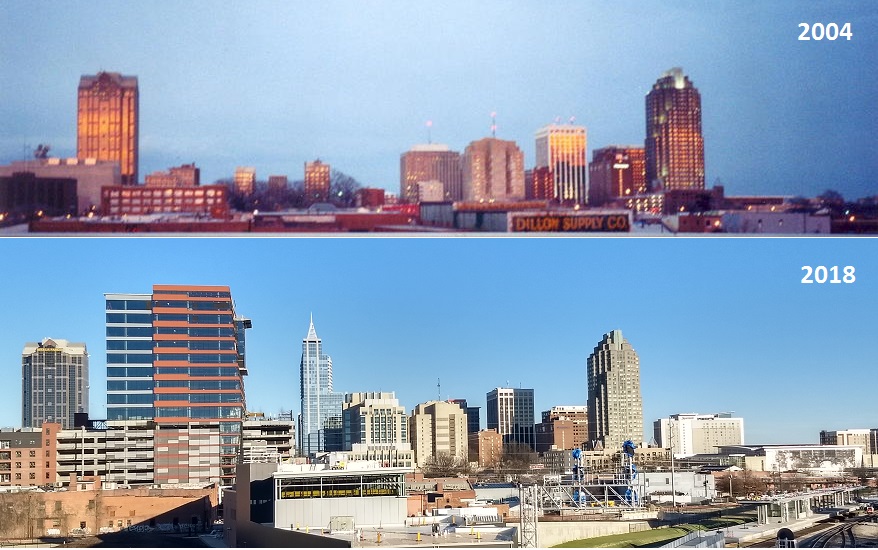In my article “The Changing Faces of Leesville and Raleigh,” I focused on the absurd pace of development in Raleigh’s outskirts and paid some lip service to the development of downtown Raleigh. However, I feel that just a paragraph or two doesn’t do the absolute 180 that Downtown Raleigh has pulled over the past few decades any justice.

According to a collection of census reports from throughout Raleigh’s history, the city had a population of just under seven hundred at the end of the eighteenth century. Aside from population, the Raleigh of 1800 was a very different place from the Raleigh of today. There were no cobbled streets, sewer systems, or a Capitol building. While all of those things were later built, Raleigh didn’t become even remotely similar to what is today until at least the later half of the twentieth century with the foundation of the Research Triangle Park in 1959.
Even still, Raleigh didn’t gain its 100,000th resident until the early 1960s. Since then, however, Raleigh has been growing at a phenomenal rate. More than 350,000 have come to Raleigh in a third of the time it took 100,000 people to call the city home. The biggest jump came between the 2000 and 2010 censuses, when the population grew by nearly 150% over the course of only ten years.

In order to accommodate this rapid growth, the city has expanded, and plans on expanding, its infrastructure. “The City and region is trying to be attentive to pressure on transportation by making more investments in transit,” said Tansy Hayward, Raleigh’s city manager in an e-mail interview. Hayward went on to say that in particular “planning for Bus Rapid Transit (BRT) services to downtown will be significant.” Another major infrastructure project will be Union Station, which will be located in the southwestern part of downtown. Along with replacing the old, decrepit, current Amtrak station, Union Station “sets the stage for future commuter rail service and has also helped to encourage private investment in the warehouse district,” according to Hayward.

“They’ve been making a lot progress [on the station],” said a Downtown-area resident. “They’ve been laying down track for weeks.”
Hayward also recommended that those interested in viewing the city’s plans for the future should look at Raleigh’s Strategic Plan, which exhibits the city’s plans for the next 3-5 years. The city’s Comprehensive Plan covers more long-term goals/plans.
However, some controversy exists over how downtown Raleigh should change. Recently, a debate was caused by the presence of “granny flats,” small, cheap (by downtown standards anyway), rented homes in the backyards of regular-sized homes. Despite requests from the Wake County government to allow their existence, the Raleigh City Council voted against allowing the backyard apartments. During the 2017 mayoral election, Democratic candidate Charles Francis’ main gripes with incumbent Mayor Nancy McFarlane was that there wasn’t enough dense, affordable housing in downtown Raleigh.
As it has done before, Raleigh will continue to change. How our leaders decide to deal with that change will determine the course of our city’s history for years to come.

Leave a Reply